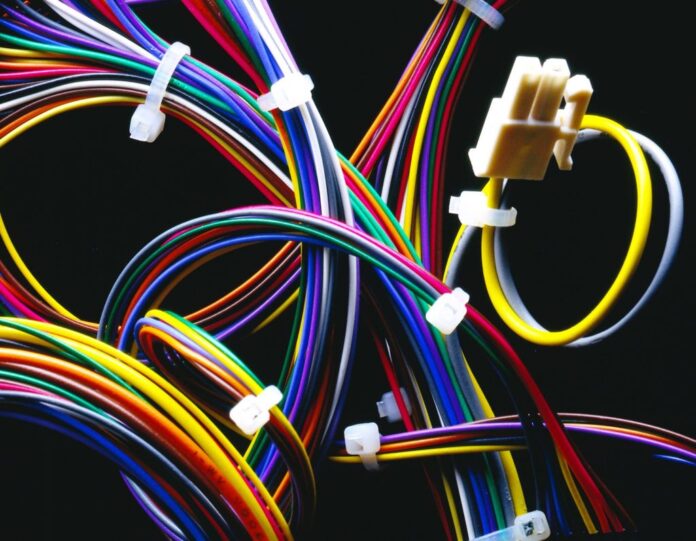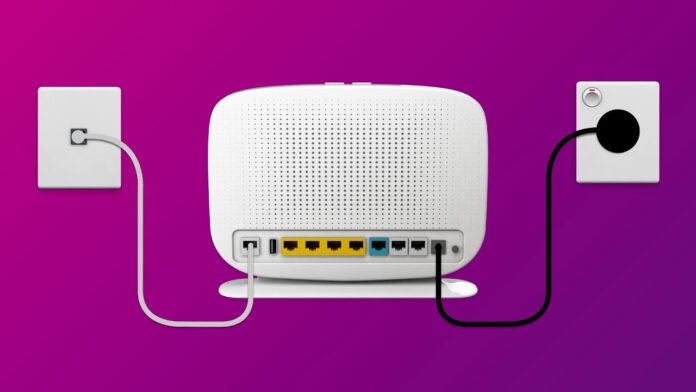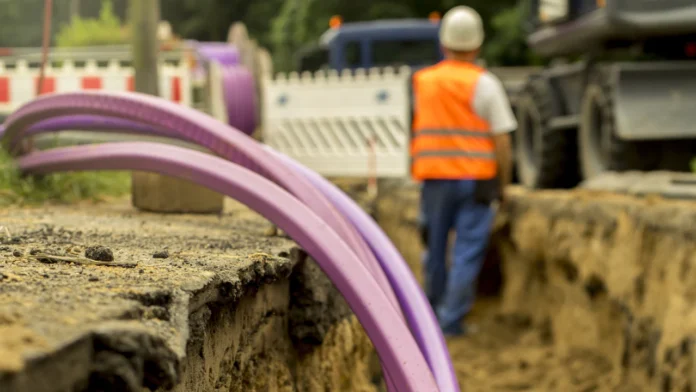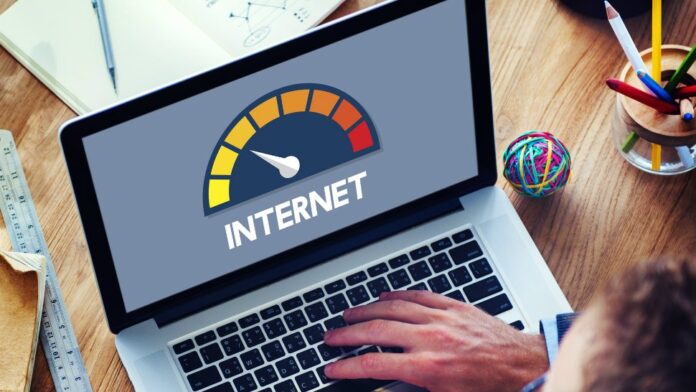Fiber to The curb vs. Fibre to the Node. This is a debate that has been going on for decades now, and it remains one of the most controversial topics in internet service providers.
But why? What is so important about this type of connectivity, and what are the benefits and disadvantages? Let’s take a closer look.

What is Fibre to the Curb (FTTC)?
FTTC, or Fibre to the curb, is a technology where fiber optic cables are laid out from the telephone exchange or a central location to your phone box at your home. It’s a lot more expensive and time-consuming than FTTN, but it has been proven that this type of connectivity has more benefits than FTTN.
Fiber to the Curb has many benefits over Fibre to the Node. FTTC can offer speeds up to 1000 Mbps, enough for multiple users in each household.
The construction of this technology makes it ‘future proof’ because you won’t have to change anything when 10 Gbps internet becomes the new standard. It also does not need power like FTTN, which means it is cheaper to run and maintain.
But what about Fibre to The Node (FTTN)?
Fiber to The Node still uses copper cables from the street to your house, so it’s a lot easier and cheaper to install, but the speeds are slower because you’re dependent on the quality of copper cables. This technology is also prone to interference and signal degradation because it uses electrical signals instead of optical ones.
Another disadvantage is that it will not be future-proof in terms of bandwidth speeds since fiber optic connections are significantly faster than copper, so you are hindering your internet connection’s potential by using FTTN.

Comparison Between FTTC and FTTN
Fiber to the curb is a more long-term solution and can be implemented at any location or street with enough space, but it’s harder to install in densely populated areas because of this. But with fiber optics, you will definitely have better signal quality on the road, and your connection speed will never slow down.
On the other hand, FTTN can be installed just about anywhere and is a lot more accessible for households that live in buildings because it does not require digging up streets to lay out cables.
The disadvantage here is that Fibre to the Node uses copper cables, so internet speeds will not be as good as FTTC, and it’s also harder for your connection to withstand very high rates in the future. Because of this, FTTN will be useless in just a few years when internet providers start releasing 10 Gbps connections.
Comparing NBN Plans
Nowadays, there are online platforms you can visit and identify the different NBN plans. Speed and pricing are some of the critical factors to keep in mind when making a choice. However, since there is no one-size-fits-all situation regarding the needs, find the NBN plan suiting you well. Find a www.iselect.com.au site that searches for programs effortlessly. A suitable website will make you not consume time before identifying the data plans matching your needs.
FTTN and FTTC can be used as a technology for the NBN (National Broadband Network), but some internet providers use one or the other, so it’s best to compare plans before choosing a provider.
Most FTTN connections only offer maximum speeds of 100 Mbps and prices starting from $40 per month, while for FTTC, you pay a little more, but you get speeds up to 1000 Mbps.

What Should I Choose?
It all depends on the area you live in and how much budget you have. If you live somewhere densely populated or where it’s hard to dig up streets, then you’re better off with FTTN. If you live in a suburb or somewhere more spacious and can afford extra money on installation, then FTTC would be best for you.
If you want the best of both worlds, you could opt to get dual NBN services where one is fiber optic, and one is copper cables. It will give you the best of both worlds and probably offers the most benefits in terms of speed, signal quality, and stability.
What Connection Speed Do I Need?
It’s hard to say because it can vary depending on your internet usage habits. Most Australian households use an average of 50 Mbps, so FTTC would be perfect for this. But if you watch a lot of Netflix and upload many files constantly, then FTTN would be preferable because it can handle those speeds more easily.

The Significance of Fibre Optic Cables in Your Home or Business
Fiber optic cables are widely used worldwide to provide internet speeds that are faster and more stable than ever before. In Australia, home users should consider upgrading from FTTN connections if their internet is fast enough for all the latest streaming services like Netflix or Stan.
This is because FTTN can only handle internet speeds up to a certain point and slowly but surely slow down.
In Australia, both FTTN and FTTC are used in the National Broadband Network (NBN). The CEO of NBN already announced that eventually, they’d be removing all copper cables from the network and only using fiber optics. In fact, by 2019, over half of the NBN will be Fiber to the Curb.
If you’re not in an area where FTTN is available, then choosing NBN with FTTC will ensure that you get the best speeds possible. However, one thing to keep in mind is that FTTN can still handle much faster internet speeds than FTTC (up to 100Mbps), so it sometimes makes more sense to get FTTN rather than FTTC if possible.

When Do I Need an NBN Connection?
The time is gone when you only had one option for internet and cable TV – Telstra! Nowadays, plenty of different providers offer high-speed fiber-optic connections, TV services, and phone lines to households around Australia.
One of the main steps you’ll need to take to get yourself set up with an NBN connection is conducting research into which providers are offering what services in your area.
If you’re trying to decide what NBN plan is right for your household, look for the correct information. Many factors go into choosing an internet service provider, so it’s vital to do your research before making any commitments.
Aspects such as speed and cost will guide on whether to choose between FTTN and FTTC. However, learn how they work as you’ll quickly decide on which one is best for you.









